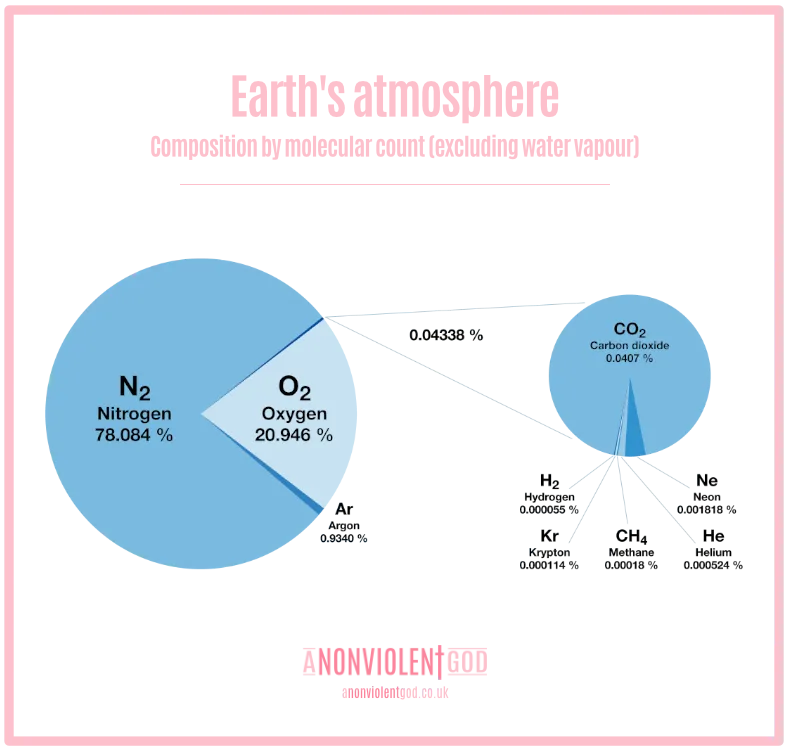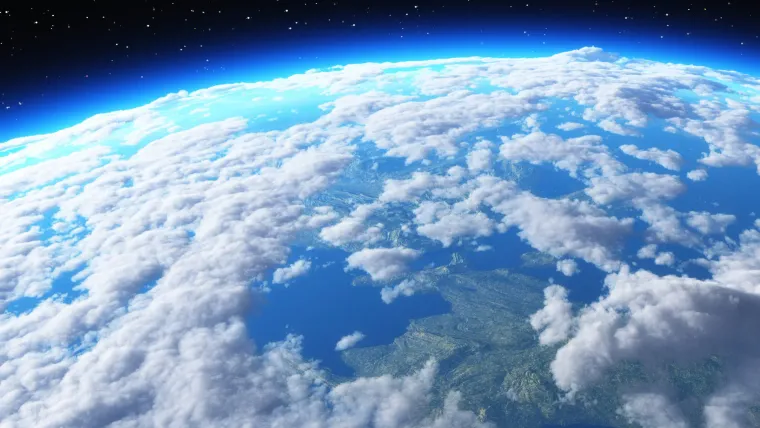The Earth is HUGE.
Imagine a road stretching around the Earth’s equator at sea level that bridges the oceans and tunnels through hills and mountains. If you drove at a sedately sixty miles per hour all the way round this Circumference Road, it would take you over seventeen days without stopping.
Now imagine a tunnel stretching from Earth's surface straight down to the centre of its core. Again, travelling at the not so unreasonable speed of sixty miles per hour, it would take you over sixty-six hours of continuous travel. That’s almost three whole days of driving.
Having achieved this, and because this is your imagination and you’re not sick of driving yet, you look up and wonder. How long would it take? And so you again climb into your car, this time driving straight upwards at sixty miles per hour. After sixty-two minutes, you would pass the official boundary line—the Kármán Line—and enter space.
A relatively thin shell of gases separates us from outer space. We simply call it air, but its formal name is atmosphere. If gravity didn’t hold this atmosphere in place, all life on Earth would cease to exist.
Our atmosphere provides oxygen for living creatures to breathe as well as the pressure for liquid water to form on our planet’s surface. And without the complex interactions between hot and cold air causing changes we know as weather, there would be no freshwater to drink.
Our atmosphere's composition
Our sky comprises 78.08% nitrogen, 20.95% oxygen, and 0.93% Argon. [Source: Nasa]
Nitrogen, oxygen, and argon are not enough on their own to sustain life on Earth. This is because they do not help retain heat. Instead, it's some of the other 0.04% gases in our atmosphere that trap the heat which would otherwise escape into space.



